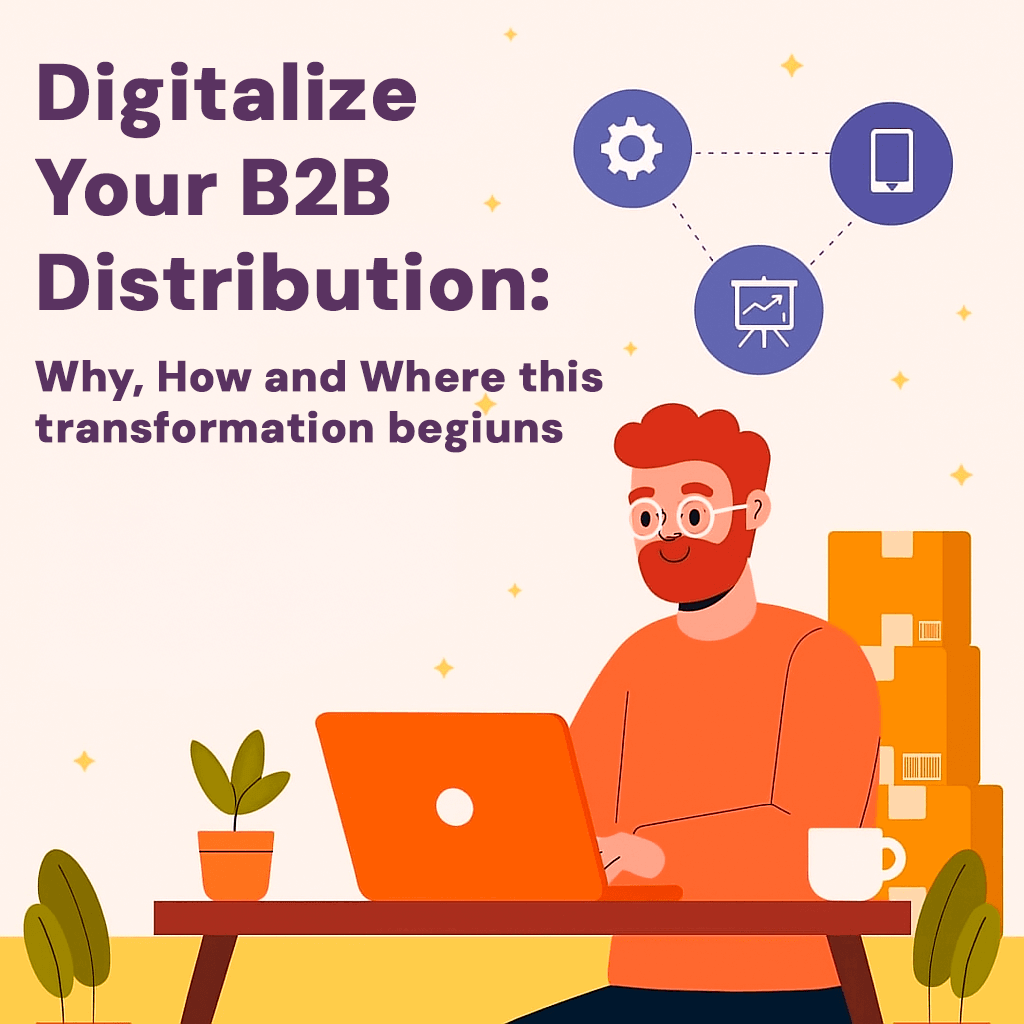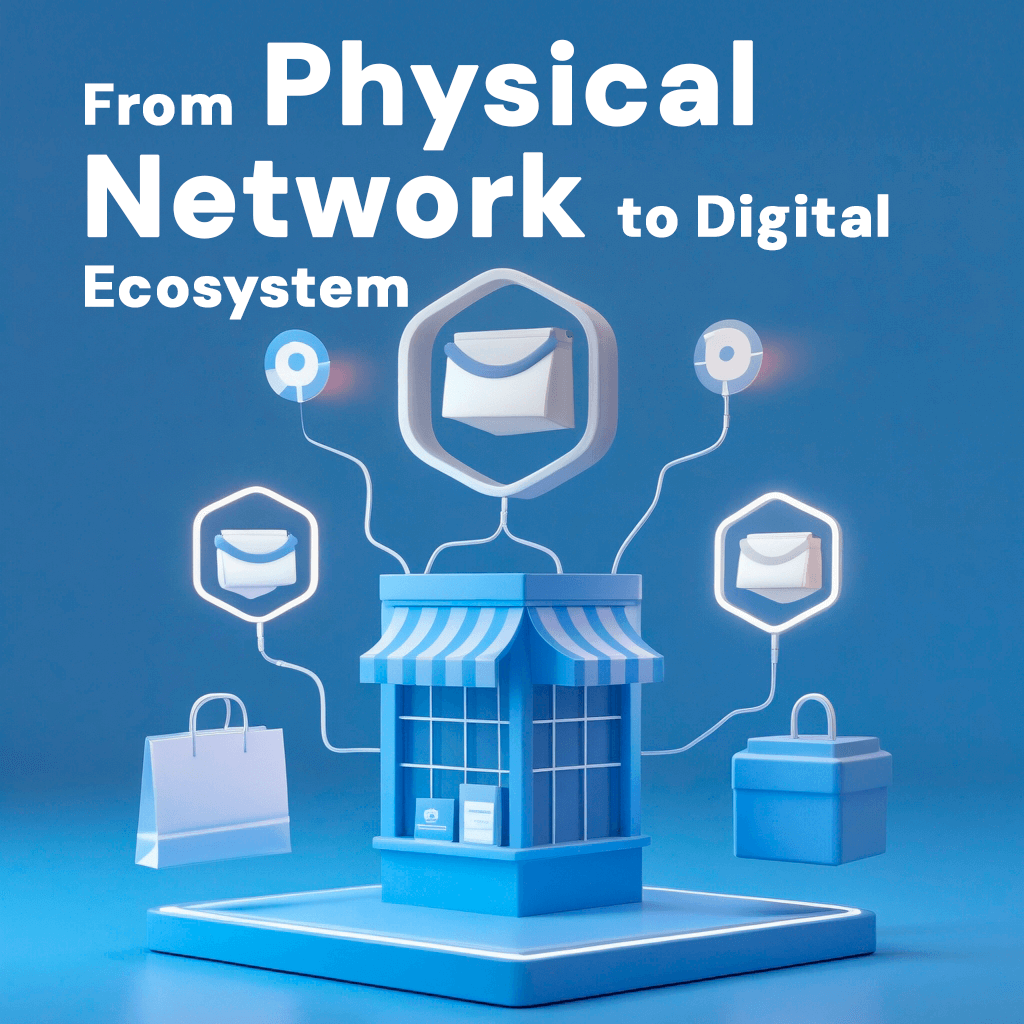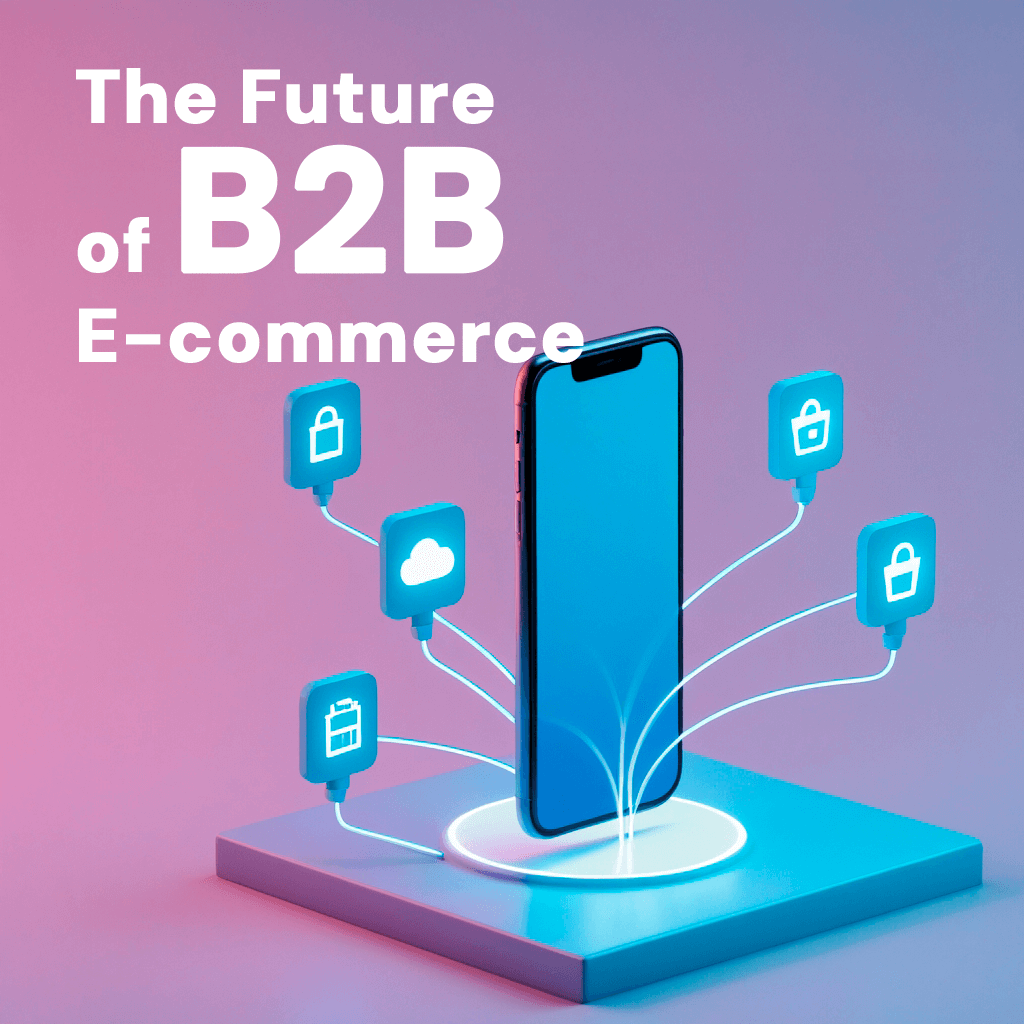Digitizing your B2B distributor is not just about putting products online — it’s about humanizing processes, scaling up, ensuring data integrity, and transforming your customers’ buying experience. And with e-commerce, this transition becomes even more strategic.
1. What Does It Mean to Digitize Your B2B Distributor?
Digitizing your B2B distributor goes beyond just having an online catalog. It involves migrating your entire operation — sales, customer service, management, and logistics — to an integrated digital environment:
- Customer autonomy: Allows customers to check prices, stock, and place orders 24/7.
- App for POS: Sales representatives or call centers can always have customer service at hand.
- Automated processes: Cataloging, quoting, payments, and invoice generation are integrated.
- Unified view: Everything is centralized on a platform — the foundation for intelligent decisions.
This brings agility and visibility, preparing your operation for scalability.
2. Why is it Worth Digitizing? Key Benefits:
- Operational efficiency and fewer errors
Every order goes directly into the system, reducing rework and increasing productivity. - Data-driven decision-making
Sales reports, customer history, product performance… everything you need for quick action is at your fingertips. - Integration with ERP, logistics, and CRM
Sync stock, financial management, and automatic customer service — no manual data entry required. - Cost reduction and greater agility
Fewer phone calls, less paperwork, and less rework = leaner and faster operations. - Expanded reach and real scalability
Sell to any region or country without multiplying physical sales teams. - More precise B2B marketing
Analyzing buying behavior, email campaigns, SEO, and inbound marketing become more personalized. - Optimized customer experience
Intuitive online portal, customized buying options, and efficient service elevate your brand’s perception.
3. How Does the Digitalization Process Work for B2B E-Commerce?
Imagine transforming your physical or semi-automated operation into an integrated B2B e-commerce platform. Here are the main steps:
a) Clear Objectives to Guide the Strategy
Set goals from the start — increase cross-selling, reduce the purchase cycle, expand geographical coverage.
b) Choosing the Ideal Platform
Look for options that offer:
- A digital catalog with personalized pricing
- POS to reach more sales channels and expand your operation
- Secure customer login
- A smooth checkout process with invoice generation and ERP integration
c) System Integration Automation
Integrate with your ERP (like SAP, Odoo, TOTVS, etc.), CRM, and logistics so that every order automatically generates invoices, updates stock, and processes financial management.
d) Training and Onboarding
Even with an easy-to-use platform, train your customer service team and salespeople, and provide tutorials for B2B customers to easily adopt the system.
e) Communication and Launch
Promote the digital channel in advance:
- Segmented emails for key customers
- Video tutorials with step-by-step guidance for online purchases
- Online support for any questions
f) Continuous Operation and Scalability
Keep the channel active with exclusive promotions for B2B e-commerce, new products, and constant optimizations.
4. Comparative Advantages of the Digital + E-Commerce Approach
| Aspect | Before (Traditional) | After (Digital + E-Commerce) |
|---|---|---|
| Order | By phone, WhatsApp, email | Digital platform, 24 hours |
| Sales Channels | Limited team | Unlimited reach with online catalog |
| Administrative Processing | Manual, prone to errors | Automated and integrated (ERP, stock, invoices) |
| Strategic Information | Dispersed and incomplete | Real-time, complete reports |
| Marketing & Loyalty | Individual engineering efforts | Segmented campaigns based on behavior |
The Digitalization of Your B2B Distributor Represents a Revolution:
A union of efficiency, data, and customer experience — all orchestrated by a definitive B2B e-commerce platform.
If you’re looking to grow intelligently and quickly, reduce operational costs, and stand out in the market, now is the time to digitize. Ready to take the next step? I can help analyze your current process and create a personalized plan with a timeline, ideal platform, and implementation roadmap. Just let me know where you’d like to start!





